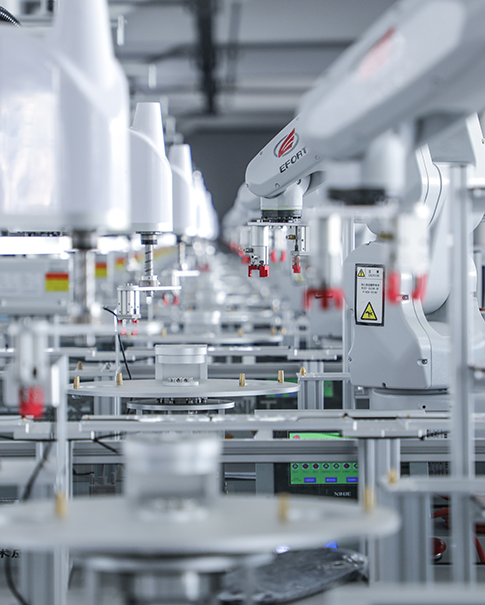In contrast, SIS (Safety Instrumented System) is designed for one critical mission: safety. Its sole purpose is to protect people, equipment, and the environment from potential hazards. When a dangerous condition arises—such as a pressure surge in a refinery or a toxic gas leak in a chemical plant—SIS steps in. It’s not about optimizing processes but about mitigating risks. Think of it as the "emergency responder" that triggers shutdowns, isolates faulty equipment, or activates safety protocols to prevent catastrophic failures.
SIS interlocks, however, are safety-critical and non-negotiable. Governed by international standards like IEC 61511, they’re based on Safety Integrity Levels (SIL), which define how reliably a system must respond to faults. A SIL 3-rated SIS, for example, must prevent dangerous failures in 99.9% of demand scenarios. Imagine a nuclear power plant: if reactor temperature exceeds a threshold, SIS doesn’t just adjust settings—it immediately shuts down the reactor and engages cooling systems, no matter the production impact. These interlocks are rigidly tested and cannot be overridden during emergencies.
SIS, by contrast, is built for uncompromising reliability. Every component—sensors, logic solvers, actuators—is selected for its fail-safe design. Redundancy is standard: dual power supplies, duplicate sensors, and parallel communication paths ensure the system works even if individual parts fail. Unlike DCS, SIS configurations are strictly documented and validated to meet safety standards. Changing an SIS setup requires rigorous testing and approval, as any flaw could undermine its protective function.
SIS, however, is governed by international safety standards (e.g., IEC 61511, ANSI/ISA 84.00.01). These standards dictate everything from system design to periodic testing (proof testing intervals). Compliance is not optional—it’s a legal and ethical requirement. Failing a safety audit or ignoring SIS maintenance can lead to fines, shutdowns, or even legal liability in the event of an accident.
This collaboration ensures a balance between productivity and protection. DCS keeps the plant running efficiently, while SIS acts as a silent watchdog, ready to intervene when safety is at stake.
Email us
Reply within one working dayVisit us
32D Guomao Building, No.388, Hubin South Road, Siming DistrictDisclaimer : Salesplc sells new and surplus products and develops channels for purchasing such products. This website has not been approved or recognized by any of the listed manufacturers or trademarks. Salesplc is not an authorized distributor, dealer, or representative of the products displayed on this website. All product names, trademarks, brands, and logos used on this website are the property of their respective owners. The description, explanation, or sale of products with these names, trademarks, brands, and logos is for identification purposes only and is not intended to indicate any association with or authorization from any rights holder.
Copyright @2024 SalesPlc Limited. Sitemap
/ Blog
/ XML
/ Terms And Conditions
/ Privacy Policy
 Network Supported
Network Supported
